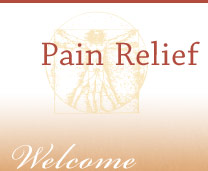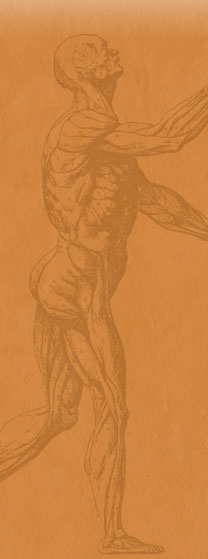Osteophathic Approaches to Patient Management: Enhancing self-regulatory and self-healing mechanisms within the unified function of the whole patient is the primary focus of osteopathic treatment. This can be reflected in balanced function of the active neuromuscular and passive connective tissue elements comprising the body’s mobile systems. Regional and segmental disturbances and neuromuscular control can be resolved through skilled observation of patient responses to the systematic application of corrective manipulative forces.
Alterations in tissue tension characterizing mobile dysfunction are monitored for their response to rotary and/or translatory motions applied by passive operator control. Corrective forces are then brought to bear by operator or patient effort or by inherent self-regulating forces within the patient. Patient responses to manipulative forces can maintain enhance or sometimes reverse the corrective impulses of treatment. Often these responses are associated with other areas of disturbed physiologic function. Thes/related disturbances may involve more primarymobile dysfunctions or other physiological mechanisms that require treatment. Such other physiologic mechanisms include viscerosomatic reflex activities, compromised respiratory/circulatory mechanics and connective tissue dysfunction that may compromise neural, vascular or visceral structures.
Corrective forces can be direct or indirect. Direct technique engages and overcomes the restrictive barrier and lengthens tight muscles and fascia. Indirect techniques move away from the restrictive barrier towards greater tissue relaxation and spontaneous relief characterized by reduced afferent feedback and recovery of the dynamic physiologic midline. Both direct and indirect principles stimulate the inherent restorative capacity of the patient by reestablishing dynamic fluid and tissue balanc/related to whole body vitality. Manipulative procedures can require patient activity (i.e. muscle contraction) or can be passive, the forces being introduced by the operator with or without impulse. Additionally, inherent forces within the patient can be utilized to influence manipulative procedures including respiratory motion, connective tissue creep and hysteresis and even the patient’s inherent capacity for health and healing.
Lower extremity function is a primary concern in osteopathic patient management. Optimal joint mobility and balanced muscle and connective tissue function in the lower extremity are the foundation for weightbearing functions of the entire body. “If the foundation is off, the whole building will be weakened and more easily disturbed by tension of every kind”.
Manipulative interventions are often followed by additional postural interventions to optimize this important relationship to whole body function. Standing anteroposterior and lateral postural films can be evaluated for sacral base unleveling associated with pelvic tilt and short leg syndrome. Appropriate lift therapy can be implemented to reestablish the normal horizontal relationship of the sacral base to the lumbar spine. Lumbopelvic instability of sagittal postural function may also require evaluation (i.e. for hyperlordosis syndrome) and treatment utilizing lifts, braces, belts, orthotics, ligament injections, and surgery if the patient is at high risk for neurologic compromise.
Additional consideration is given to the use of custom foot orthotics to optimize the mechanical relationships of the forefoot, hindfoot, and ankle.
Patient responses to osteopathic manipulation vary greatly though frequency and duration of treatment are highly individualized. Maintenance of optimal function is reinforced with a home exercise program that incorporates proprioceptive sensorimotor retraining and stretching and strengthening to balance the functions of agonist and antagonist muscles and minimize substitution by synergistic muscles. Additionally, patients are instructed in the proper biomechanics of sitting, standing, lifting, bending, reaching, sleeping, and breathing, as well as in the use of proper footwear. Behavioral aspects of motivation, lifestyle habits, and psychoemotional stress are all important aspects of osteopathic management of the whole patient and should be carefully evaluated.



